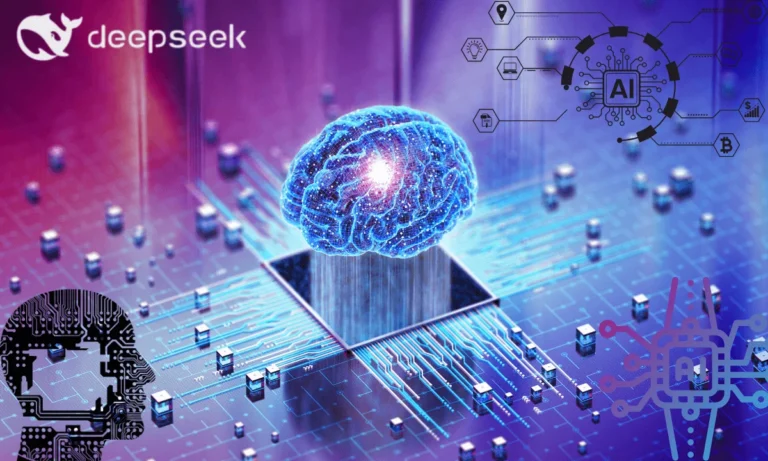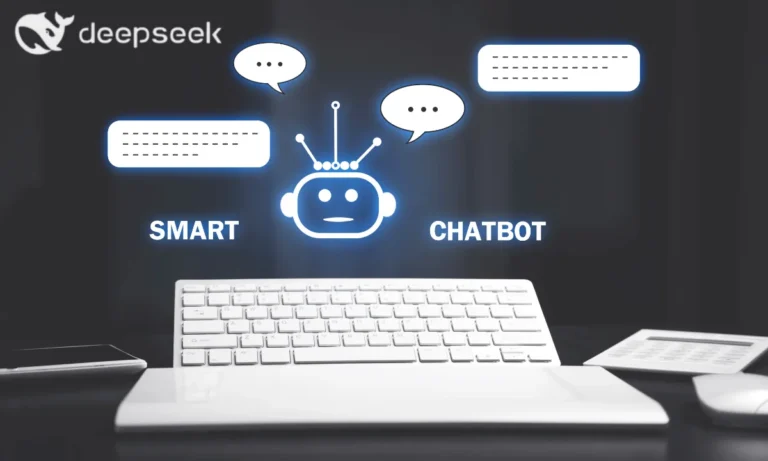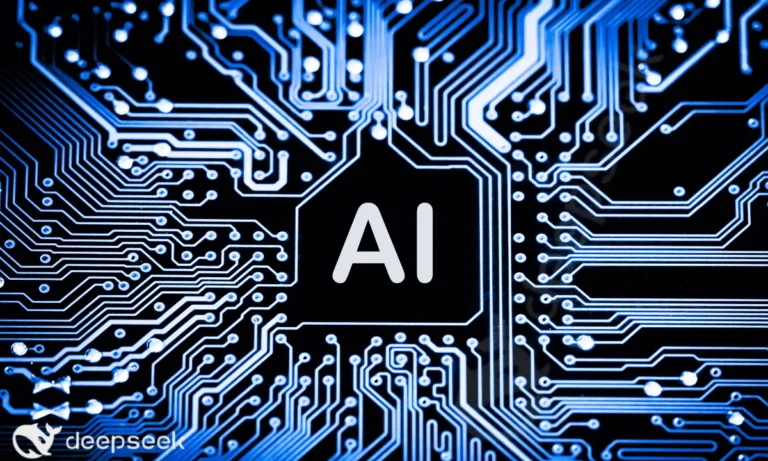Low-Code AI Platforms: Building Solutions Without Coding Expertise
1. Introduction
The rapid advancement of artificial intelligence (AI) has transformed industries, enabling automation, predictive analytics, and enhanced decision-making. However, developing AI solutions traditionally requires extensive coding knowledge, making it inaccessible to many businesses.
Enter low-code AI platforms—a game-changing innovation that allows users to build AI-powered applications with minimal coding expertise. These platforms democratize AI development, empowering non-technical professionals to create sophisticated solutions quickly and efficiently.
In this comprehensive guide, we’ll explore low-code AI platforms, their benefits, top tools, industry applications, challenges, and future trends.
AI Hardware: GPUs, TPUs, and What Pakistani Developers Need to Know
2. What Are Low-Code AI Platforms?
Low-code AI platforms are development environments that simplify AI model creation using drag-and-drop interfaces, pre-built templates, and automated workflows. They reduce the need for manual coding, allowing users to:
- Train machine learning models
- Deploy AI applications
- Automate business processes
- Integrate AI with existing systems
These platforms cater to citizen developers—business analysts, marketers, and other non-technical users—who can now leverage AI without deep programming knowledge.
DeepSeek’s AI Model Zoo: Pre-Trained Models for Quick Deployment
3. How Do Low-Code AI Platforms Work?
Low-code AI platforms streamline AI development through:
- Visual Development Interfaces: Drag-and-drop modules for model training.
- Pre-Built AI Models: Ready-to-use templates for common use cases (e.g., chatbots, image recognition).
- Automated Data Processing: Tools for cleaning, labeling, and preprocessing data.
- One-Click Deployment: Easy integration with cloud services and APIs.
Key Components:
- Data Ingestion & Preparation – Import and clean datasets.
- Model Training – Use pre-configured algorithms or customize them.
- Testing & Validation – Evaluate model accuracy.
- Deployment & Monitoring – Integrate AI into workflows and track performance.
Comparing DeepSeek AI with Global Competitors: What Makes It Unique?
4. Benefits of Low-Code AI Platforms
✅ Faster Development
- Reduces time-to-market by eliminating complex coding.
✅ Lower Costs
- Minimizes reliance on expensive AI developers.
✅ Accessibility
- Enables non-technical users to build AI solutions.
✅ Scalability
- Supports cloud-based deployment for enterprise use.
✅ Improved Collaboration
- Bridges the gap between IT and business teams.
AI-Powered Analytics: Tools to Decode Pakistan’s Market Trends
5. Top Low-Code AI Platforms in 2024
Here are some leading platforms:
1. Microsoft Power Platform (AI Builder)
- Best for: Business automation & CRM integration.
- Features: Pre-built AI models, Power BI analytics.
2. Google Vertex AI
- Best for: Custom ML model development.
- Features: AutoML, MLOps support.
3. IBM Watson Studio
- Best for: Enterprise AI solutions.
- Features: Drag-and-drop model training, NLP tools.
4. DataRobot
- Best for: Predictive analytics.
- Features: Automated ML, explainable AI.
5. H2O.ai
- Best for: Data scientists & analysts.
- Features: Open-source AI, AutoML capabilities.
Meet the Pakistani Women Leading AI Research at DeepSeek
6. Use Cases of Low-Code AI in Various Industries
🏥 Healthcare
- Diagnosis Assistance: AI-powered image recognition for X-rays.
- Patient Monitoring: Predictive analytics for early disease detection.
🏦 Finance
- Fraud Detection: Real-time transaction monitoring.
- Credit Scoring: Automated risk assessment.
🛒 Retail
- Personalized Recommendations: AI-driven product suggestions.
- Inventory Management: Demand forecasting.
📞 Customer Service
- Chatbots: Automated support with NLP.
- Sentiment Analysis: Analyzing customer feedback.
Free AI Tools to Supercharge Your Productivity in 2025
7. Challenges and Limitations
While low-code AI platforms offer many advantages, they also have some drawbacks:
- Limited Customization: May not support highly complex models.
- Data Privacy Concerns: Cloud-based platforms raise security issues.
- Performance Trade-offs: Pre-built models may lack optimization.
AI and Climate Change: How DeepSeek is Tackling Global Warming
8. Future of Low-Code AI Development
The future looks promising with trends like:
- AI-Augmented Development: AI assisting in code generation.
- Edge AI Integration: Deploying models on IoT devices.
- Explainable AI (XAI): Making AI decisions more transparent.
The Rise of Generative AI: Opportunities for Pakistani Creators
9. How to Choose the Right Low-Code AI Platform
Consider these factors:
✔ Ease of Use: Intuitive interface for non-developers.
✔ Scalability: Supports growing business needs.
✔ Integration: Compatibility with existing tools.
✔ Cost: Pricing models (subscription vs. pay-per-use).
Will AI Replace Jobs in Pakistan? Experts Weigh In
10. Conclusion
Low-code AI platforms are revolutionizing how businesses leverage artificial intelligence by making it accessible to non-technical users. From healthcare to finance, these tools enable faster, cost-effective AI adoption. While challenges exist, advancements in automation and explainability will further enhance their capabilities.







